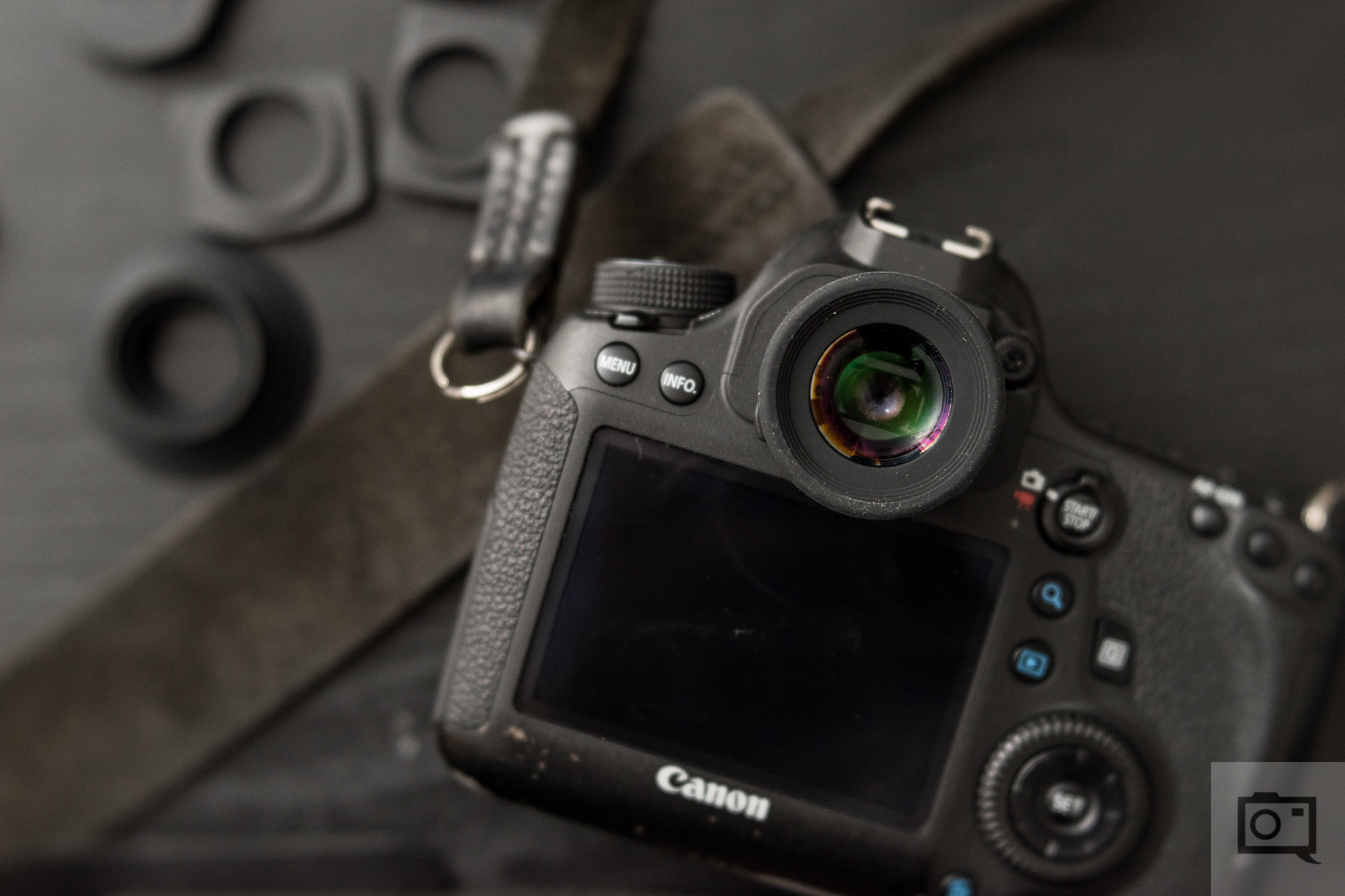Last Updated on 06/06/2023 by Chris Gampat
The future is mirrorless. Most of the present, too, is actually. Much like many photographers were reluctant to move from analog cameras some decades ago, we still have peers holding on to their DSLRs. The resurgence of film photography is a different story altogether; I don’t see that happening with DSLRs. But they are not done and dusted if the latest CIPA figures are anything to go by.
Table of Contents
Who is CIPA?
Before I dive into the stats and toss graphs and charts at you, let me first introduce CIPA to the uninitiated among us. Following the dissolution of the 1951 founded organization Japan Camera Industry Association (JCIA), Camera & Imaging Products Association (CIPA) was established in 2002. It is an “international industry association consisting of members engaged in the development, production or sale of imaging related devices including digital cameras,” based in Japan. One of the organization’s critical tasks is researching statistics on photography markets. The member list can be viewed here. It comprises almost all the leading camera and photography brands we’re familiar with.
April 2023 Report Stats
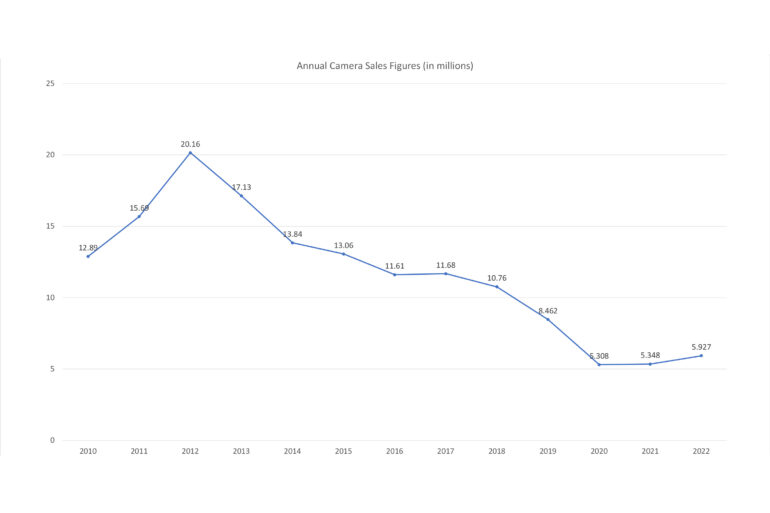
I was pleasantly surprised when I read part of the breakdown of the latest CIPA reports that NikonRumors had summarized. For this calendar year, mirrorless camera shipments were at their highest in April. While not quite at pre-pandemic levels, they are certainly higher than in the last couple of years. Which is promising for brands, but it still means there is a long way to go. The steady drop since DSLR unit sales are down compared to 2022. However, close to 350,000 DSLRs (full frame and otherwise) have been shipped in 2023. That’s compared to a little over 1.2 million mirrorless (non-compact) cameras this year. That’s about 1 DSLR sold for every 3.4 mirrorless cameras sold. This is still surprising, considering major advancements in mirrorless tech over the last 5 years or so. In almost every department, mirrorless cameras continue to leave DSLRs behind in the dust.
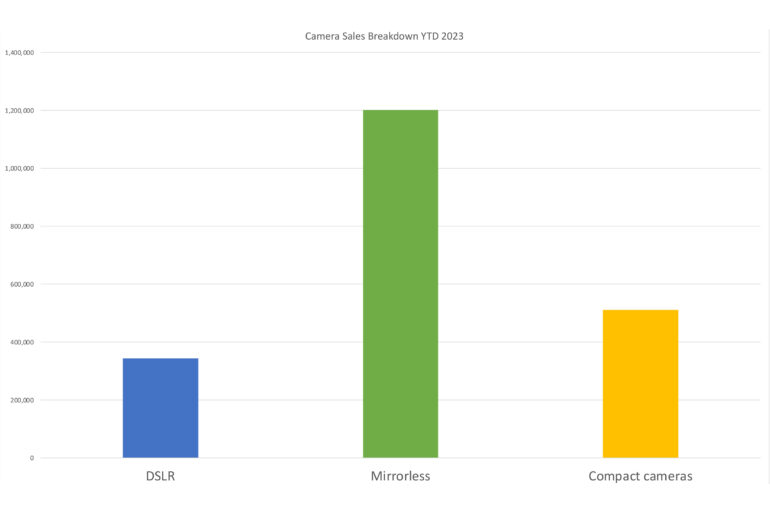
Camera shipments in 2022 increased by 10.8% for bodies and 1.6% for lenses compared to the previous year. In 2021, there was a slight increase of 0.75% in camera bodies and a 6.1% increase in lenses. Looking at the trend for this year, it’s safe to say that the camera market is steadily picking up. What’s leading to that is still something we’re unclear of. Pandemic recovery mode is still on around the world. It must be noted that these figures are until April, excluding any sales numbers of the Nikon Z8, which was launched a little over a week ago. Judging by the pre-orders, the CIPA report coming out in June is sure to see a considerable spike in sales figures.
DSLRs Haven’t Disappeared Yet
With mirrorless technology being so advanced, the relatively high sales figures for DSLRs have stumped me. If the CIPA sales figures trend keeps up, camera manufacturers are on track to sell more than a million, close to a million and a half even, DSLRs in 2023.
Why Are People Still Buying DSLRs?

A reluctance to use an Electronic Viewfinder (EVF) could be the primary reason why people are sticking with DSLRs. At least, it was for me. Even when using the most advanced mirrorless camera I had tested a few years ago, I still felt like I was viewing a tiny TV inside the eyepiece. Nowadays, however, the refresh rates and number of pixels in these EVFs make your photography experience a lot more comfortable. The cost of a lens adapter (like the Nikon FTZ or Canon’s EF-EOS R) is certainly not an inhibitor. Such adapters allow you to continue to use (most, if not all) of your DSLR mount lenses on your new mirrorless cameras. Some camera models even come bundled with these.

Another major inhibitor could be the learning curve needed to adjust your photography style and technique to mirrorless cameras’ nuances. You need to retrain yourself to understand Autofocus, as mirrorless cameras have leaped forward in this department. Could DSLR users find themselves too comfortable with their gear and not want to change? Mirrorless cameras have many more (and arguably) better AF modes. Learning these in and out is vital to making the most of them. It’s not as easy as selecting an AF mode and shooting immediately. You could end up with more misses than hits if you haven’t correctly understood them.
Who’s Buying DSLRs?
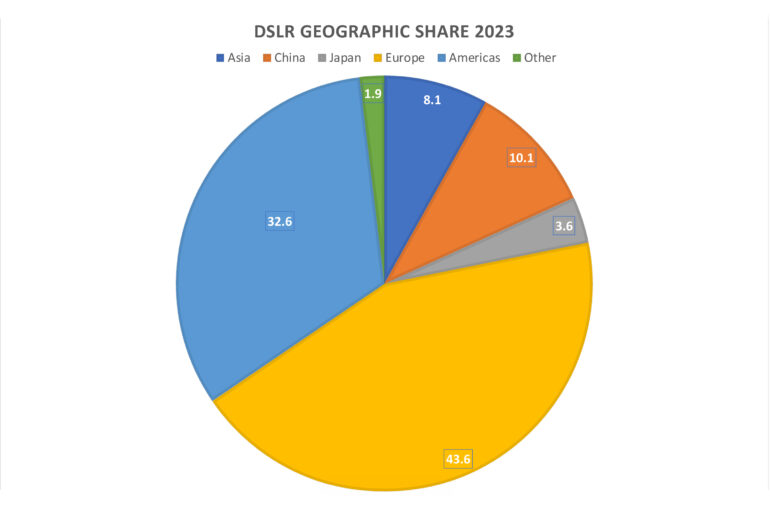
If we look at the geographical breakdown for DSLR sales in the CIPA April 2023 report, China, Japan, and the rest of Asia are clearly in the minority. In total, Asia as a whole has only 21.8% of DSLR sales across the world.
Europe leads the way, with 43.6% of all DSLRs in 2023 being bought by them. The Americas aren’t far behind, having purchased 32.6% or just under a third of all DSLRs sold this year. What’s generally geographically considered the West is buying up over three-fourths of DSLRs sold. I wish I could know the age categorization of these buyers to see if it’s more Millennials or Baby Boomers who are part of this segment.
Mirrorless Sales Globally
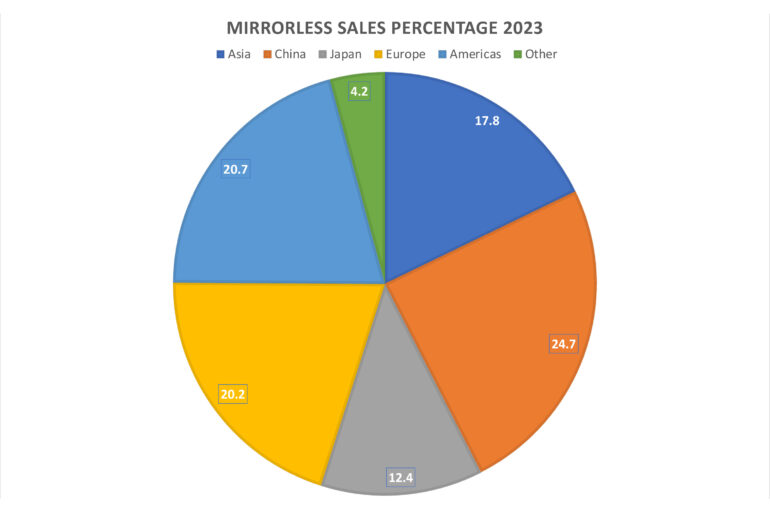
It’s pretty evenly spaced out between China, Europe, and the Americas for mirrorless sales in 2023 so far. But that’s because the CIPA figures have stats for Japan and China separate from that of Asia. When you include China and Japan in Asia as a whole, then we see that more than half of all global mirrorless sales have been to Asia.
It’s surprising to see the stats for The Americas. Only 20.7% of mirrorless cameras sold worldwide were to this region. If you excluded South America, Canada, and Central America from that, the figures for the USA would be even smaller. Have American photographers been overly cautious in investing in new gear? Even when it comes to DSLRs, they still lag behind Europeans. The market share of mirrorless cameras is steadily increasing, with China being a significant market for mirrorless and compact cameras. I wonder if 2024 will be the year when Americans make a significant shift towards mirrorless. After all, more R&D resources are clearly being focused on mirrorless cameras than DSLRs these days.


